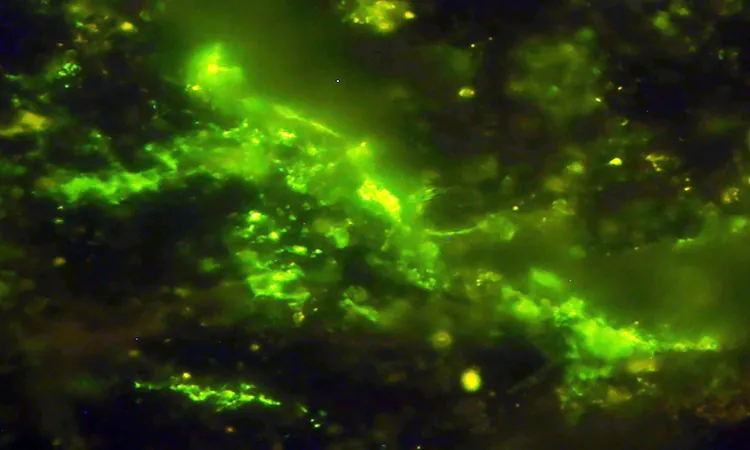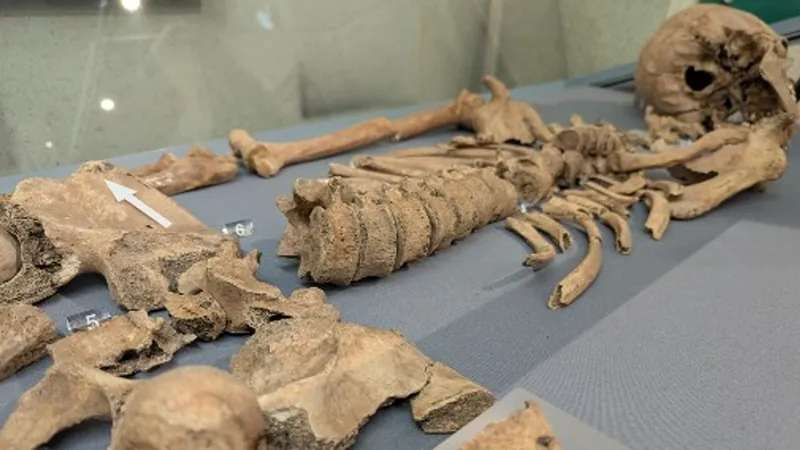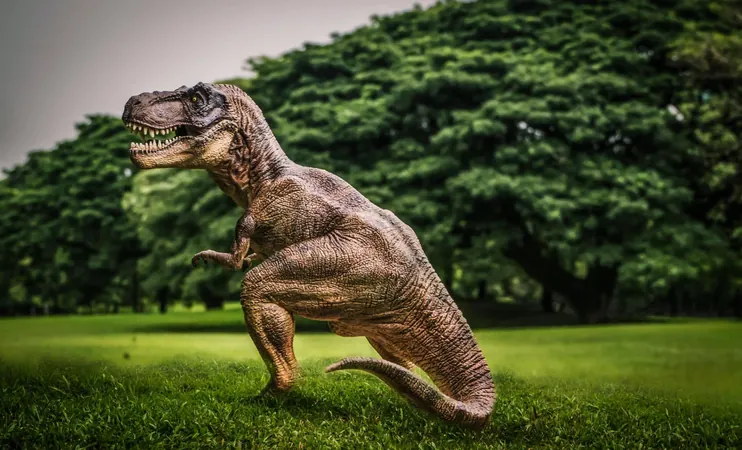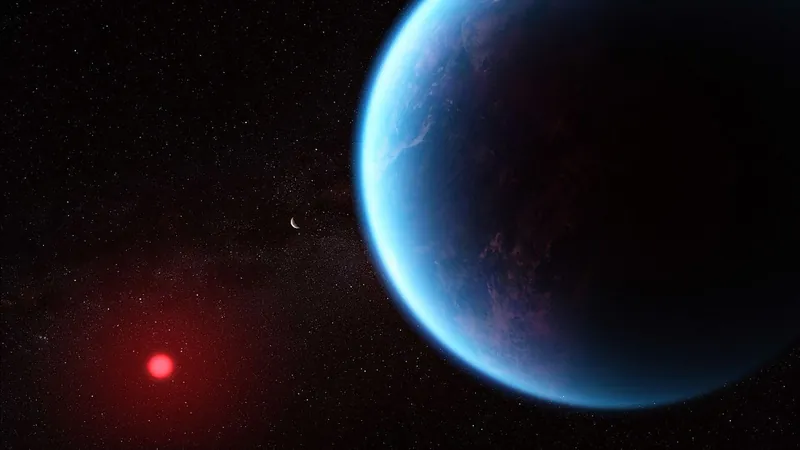
Unbelievable Discovery: Ancient Microbes Found Alive in 2-Billion-Year-Old Rock!
2025-04-13
Author: Emily
A Stunning Find in Earth's Depths
Deep beneath the Earth's surface, scientists have stumbled upon an incredible revelation: living microbes, encased in a 2-billion-year-old rock! This groundbreaking discovery challenges everything we thought we knew about the resilience of life, unlocking new mysteries of our planet's past.
Excitement from the Lead Researcher
Yohey Suzuki, an associate professor at the University of Tokyo's Graduate School of Science, expressed his amazement at this find. "We always wondered if rocks this ancient could harbor life," he stated. Previously, the oldest known microorganisms were only 100 million years old, making this revelation extraordinarily significant.
The Bushveld Igneous Complex: A Treasure Trove of History
This astonishing sample was extracted from the Bushveld Igneous Complex (BIC) in northeastern South Africa. Spanning an area comparable to Ireland, the BIC is lauded for its abundant mineral resources, contributing to roughly 70% of the world's platinum supply. Its formation process—a slow cooling of magma—created a stable environment for microbial life to thrive.
Unlocking Secrets of Ancient Life
The research team, backed by the International Continental Scientific Drilling Program (ICDP), collected a 30-centimeter core sample from about 50 feet below the surface. The rock layer remains mostly undamaged, offering a unique habitat where these organisms could endure for eons.
Inside the Tiny Cracks: Life in Slow Motion
Upon analyzing thin slices of the rock, researchers found microbial cells densely packed into minuscule fractures, sealed by clay, creating an isolated microenvironment that allowed these beings to survive for millennia. The researchers employed advanced imaging techniques to confirm that these organisms were not contaminants but original inhabitants of the ancient rock.
Clay: The Guardian of Microbial Life
Intriguingly, the clay not only sealed the cracks but also played a crucial role in preserving these microbes, maintaining a stable habitat for their survival. This raises fascinating questions: Could such mechanisms exist on other planets, perhaps even Mars, improving our chances of finding preserved extraterrestrial life?
Peering into Our Planet's Early Evolution
The implications of this discovery are monumental, allowing scientists to gain insights into early life and its adaptability to harsh conditions on Earth. Suzuki emphasized his interest in subsurface microbes on Earth and the potential to discover similar life forms on Mars, especially with NASA's Perseverance rover returning samples that might be as old as these findings.
A New Frontier in Astrobiology
The techniques honed in this research could prove vital as we examine extraterrestrial rock samples. If life can persist in Earth’s ancient stones, who knows what might await us on other worlds? As missions like Perseverance collect Martian samples, the search for life beyond our planet takes on new urgency.
Redefining the Limits of Life
These resilient microbes serve as living time capsules, challenging our perceptions of survival. Their existence hints that life can adapt and endure under the most extreme conditions imaginable. This discovery beckons further exploration into how life might continue to flourish in our planet's hidden depths.
A Bright Future for Microbiology
In summary, this extraordinary find does more than push the envelope of geology and biology—it opens a new chapter in the study of life's tenacity. Researchers will forge ahead, exploring ancient habitats and refining methods to prevent contamination as they search for more answers.
As we venture into this uncharted territory, we stand at the threshold of understanding life’s adaptability and resilience. What else might we find in the whispers of these ancient microorganisms? One thing is clear: our planet's depths hold a wealth of untold stories.









 Brasil (PT)
Brasil (PT)
 Canada (EN)
Canada (EN)
 Chile (ES)
Chile (ES)
 Česko (CS)
Česko (CS)
 대한민국 (KO)
대한민국 (KO)
 España (ES)
España (ES)
 France (FR)
France (FR)
 Hong Kong (EN)
Hong Kong (EN)
 Italia (IT)
Italia (IT)
 日本 (JA)
日本 (JA)
 Magyarország (HU)
Magyarország (HU)
 Norge (NO)
Norge (NO)
 Polska (PL)
Polska (PL)
 Schweiz (DE)
Schweiz (DE)
 Singapore (EN)
Singapore (EN)
 Sverige (SV)
Sverige (SV)
 Suomi (FI)
Suomi (FI)
 Türkiye (TR)
Türkiye (TR)
 الإمارات العربية المتحدة (AR)
الإمارات العربية المتحدة (AR)